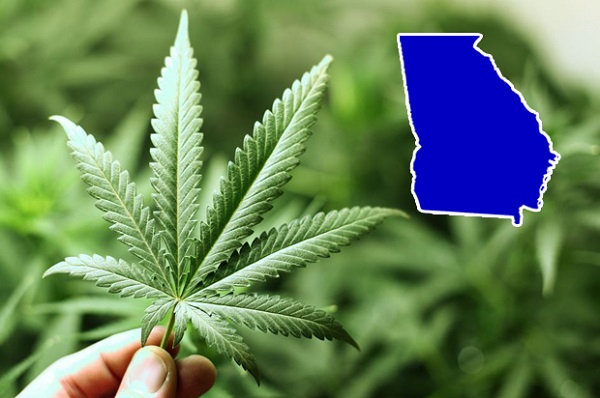In the section “cannabis and artists” we will tell you about Henri Michaux, a famous painter, poet and writer who experimented with many psychoactive substances (including mescaline and cannabis) to create works of art.
Henri Michaux, a renowned poet, artist and writer, experimented with various substances such as mescaline and cannabis to create works of art and described his experiences. His insightful observations of the various effects of cannabis are a valuable resource for modern psychologists and cognitive scientists who are interested in better understanding how cannabis affects the human mind.
«Wherever I go, I find that there was a poet there before me». Sigmund Freud (1856-1939).
Many of his contemporaries admired him as a poet and writer as well as an artist. French writer André Gide became enamored with his work and wrote a book called «Discover Henri Michaux» to promote his work.
The German poet Paul Celan, who translated Michaux into German, believed his works were as enigmatic and difficult to interpret as Kafka’s writings. And art historian Peter Schjeldahl, in a New York Times article, called Michaux «one of the most authentic European artists of the postwar period». He created an art of energetic ideograms and sinuous calligraphy influenced by Ernst and Klee. His works represented figures evolving out of chaos or chaos seeking to destroy everything recognizable on earth. 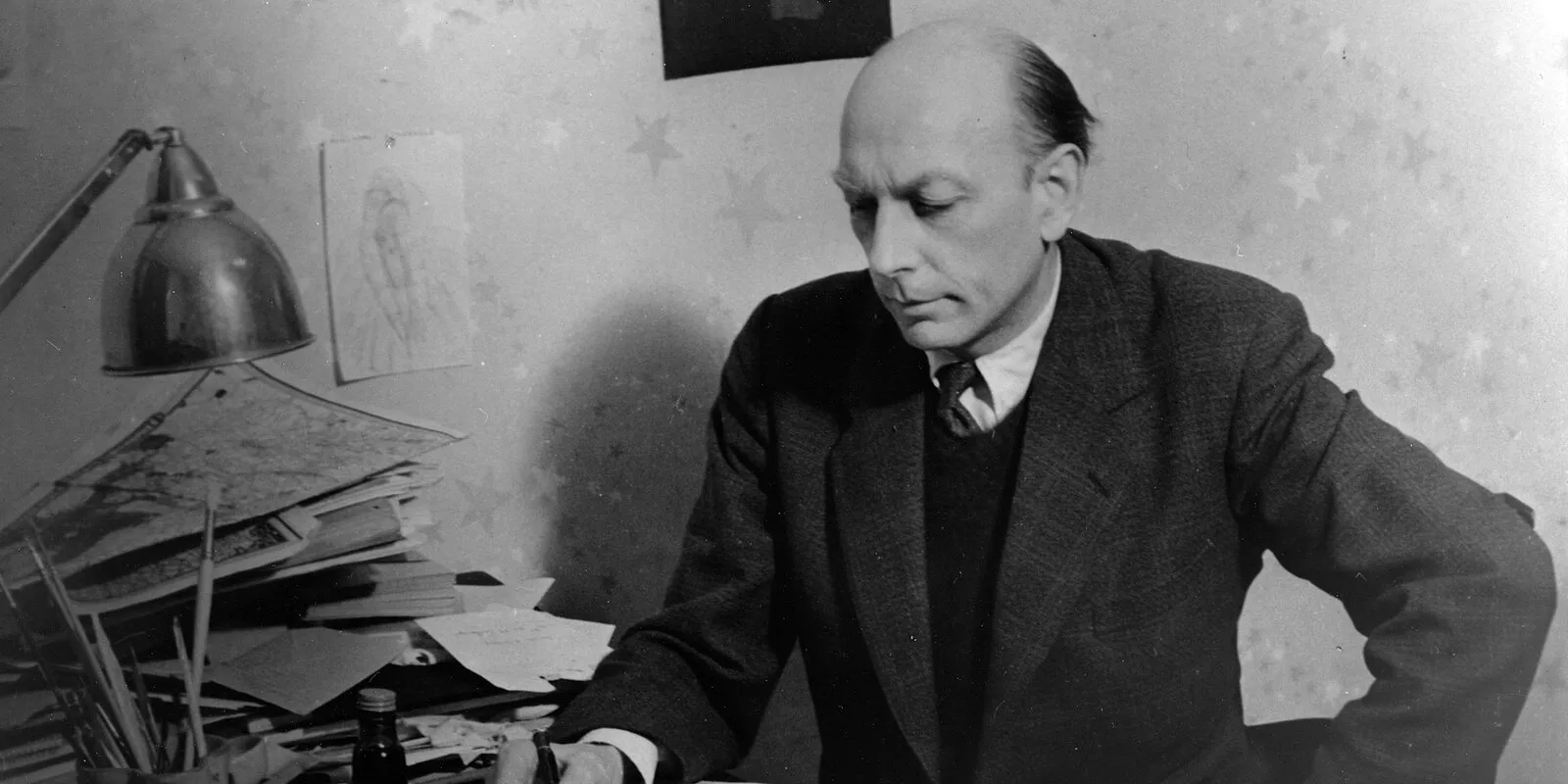
Michaux was born in 1899 in the small town of Namur in Belgium, which was also the place of death of French writer and poet Charles Baudelaire. Modeled after Baudelaire and German philosopher Walter Benjamin, Michaux experimented with various psychoactive substances, including mescaline and hashish, to explore «inner space».
Cannabis and artists are a great combination for creating artwork
Baudelaire, Benjamin, and Michaux are colorful and talented representatives of the psychonauts of their time. All three were highly literate and clearly intended to explore the effects of hashish on their minds by expressing their journeys into the inner realms of consciousness.
Like Baudelaire and Benjamin, Michaux has left us with striking, poetic and sometimes enigmatic descriptions of the effects of cannabis on the human mind. He is better known for his articles on experimenting with mescaline and creating paintings under its influence, but his writings on hashish are just as profound and insightful.
Like Baudelaire’s and Benjamin’s protocols written under the influence of hashish, Michaux’s work requires deciphering and interpretation. However, from what we know about cannabis today, we can say that he accurately and thoroughly described many of its amazing effects.
Baudelaire, Benjamin, and Michaux often experimented with high doses of cannabis, which resulted in more powerful effects on their minds and bodies than most modern users. This allowed them to notice some extreme effects that help us understand the nature of the effects of cannabis. It is particularly interesting to see how vividly and in detail Michaux described the many interesting cognitive and perceptual enhancements caused by hashish.

Sense of wonder, hyperfocused attention and stereo vision
In his book «An Unhappy Miracle», Michaux notes: «Anyone who takes hashish to witness an experiment after taking mescaline abandons a racing car or a long-distance electric locomotive for a pony».
During the drug state, Michaux encounters many surprises, and he follows them
Many cannabis users claim that under its influence they feel as if they are seeing something for the first time; everything they see is accompanied by intense interest and curiosity. This is one of the great benefits of cannabis use.
For the philosophers Aristotle and Plato, the feeling of awe and wonder at what is perceived or contemplated is the beginning of every philosophy. When we experience this, we stop taking things for granted and start asking questions, start exploring. Many cannabis users experience the thrill of looking at nature, listening to music, or kissing as if it were happening for the first time. In his book An Unhappy Miracle, Michaux also writes:
«(…) everything that Hashish demonstrates interests me. I follow it to the end. I want to know the end. I want to know where it’s going to take me».
Michaux notes that he can perceive a photograph with «marvelous optical dexterity». He describes his «stereovision» of a photograph, which allows him to better see the photograph «in depth», and also describes «stereo-audition» of sounds.
Improved stereo vision ability has been reported by other marijuana users, such as an anonymous planetary geologist in Lester Grinspoon’s collection of unconfirmed reports on marijuana users. This scientist reports that planetary geologists rely on two stereo images of planetary landscapes taken by satellites at two slightly different angles, and that one usually needs a device such as a stereo-optic to judge depth perception from these paired photographs:
«But one evening we smoked a particularly strong marijuana purely for fun. I was amusing myself by looking at a couple of stereo pictures left in the room. Suddenly the two pictures merged into one three-dimensional image. It was like a gift from God».
Altered body image perception and the flying carpet
The fascinating fact is that Michaux notices unexpected changes in his perception of his own body. Many users also confirm an increase in physical sensations during euphoria. At very strong doses of the drug, they experience distortions in their perception of their body, such as feeling like their legs have been stretched out 3 meters, as well as a complete lack of feeling of their body.
In his message, Michaux also points out that he was previously unaware that the feeling of lightness and weightlessness in the air is one of the characteristics of hashish. This refers back to the ancient traditions of Persia and Arabia, where Indian cannabis was the reason why people began to experience floating in the air and traveling through the sky in prosthetic airplanes.
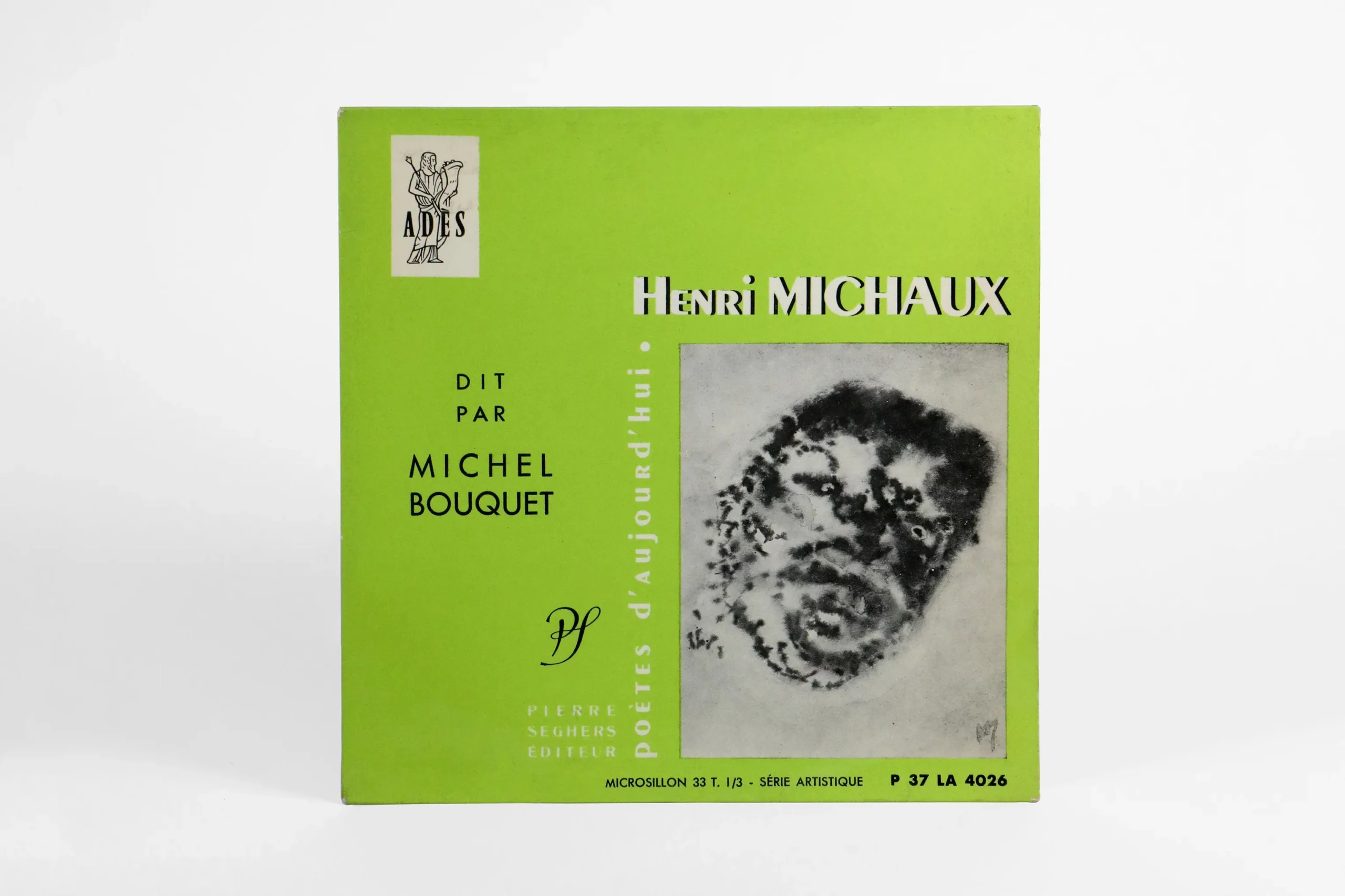
Improved episodic memory, imagination and transformation of images
In addition to perceptual changes during a high, Michaux describes cognitive improvements, such as an improved ability to episodically recall memories:
«Later at home, I begin to vaguely replay in my mind a scene from a movie I saw a few days ago, as suddenly the noises and voices from the episode – ‘burst out’ and rush at me violently. The memory came to life, but stronger than the original expression».
Michaux’s experience with enhanced imagery is hypothesized to be related to ingestion of a large dose of hashish, which can induce visual «trips».
Interestingly, Michaux also notes how these images can undergo associative transformations, a process that can easily be seen as a rich source of creative exploration for the artist:
«The rope I was watching, curled up there, suddenly ended in the red muzzle of a small feline (something like an ocelot I thought (…) its neck was made of rope, although the muzzle was very lifelike and threatening). (…) At other times, the complex array of metal parts I was examining suddenly transformed into a machine gun pointed at me».
Improved empathic understanding
We have many inspiring testimonials from marijuana users who tell us how getting high has helped them better understand other people and feel their emotions, as well as imagine themselves in their shoes. It has been noted for several years that both adults and children with autism disorders benefit significantly from cannabis use. When high, they seem to better understand the emotions and needs of those around them.
Reading the text while high, Michaux discovers that cannabis helps him understand and «feel» the author’s personality:
«Authors can be heard in person (….) Words don’t matter anymore. The man behind them steps forward. (…) The text, at whatever point you take it, becomes a voice, (…) and behind that voice a man speaks. The person who wrote it is here. The hashish opens up the inner space of the sentences (…). The author, thus exposed, has never fully recovered his mantle and his former refuge».
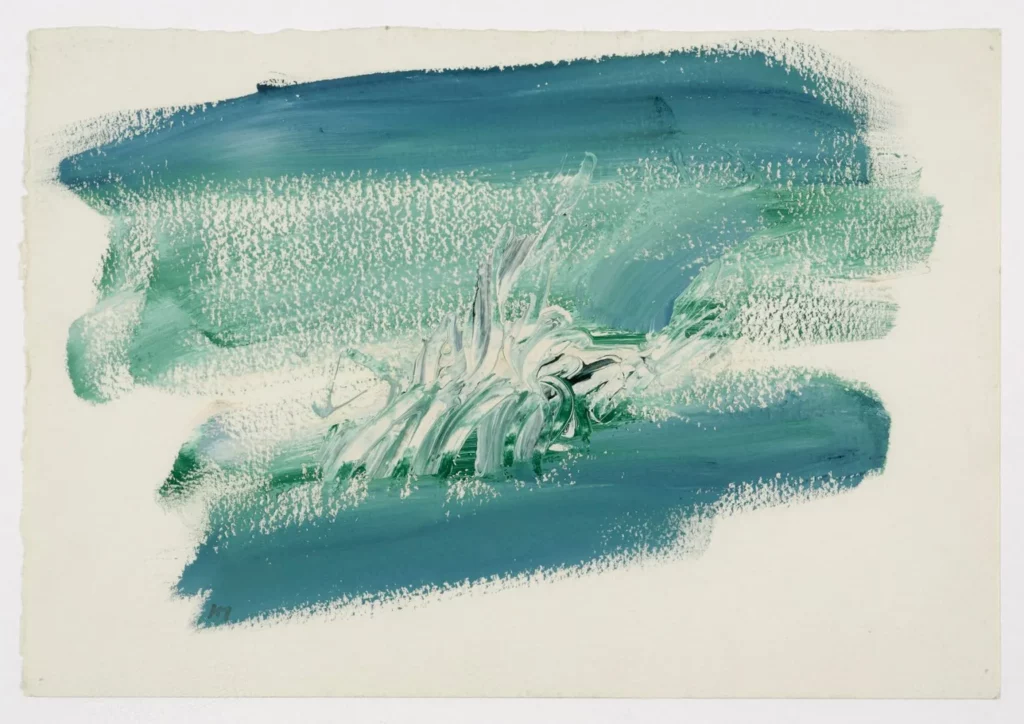
Another day, Michaux is walking down the street and his attention is attracted by the voice of a girl passing by. Once again, he feels that he can «read» the girl’s thoughts:
«I continued to dwell lovingly in it – a voice, barely mature and genuinely shy, that made me forget everything else, a voice begging for protection, so wary of the phenomenon of speech, so cautiously advancing like a foot on the edge of a precipice or fingers reaching out to the fire. (…) I really should (…) have met this girl, so elegant in her anticipations, so touching and outstanding in her tiny courage, which must have seemed enormous to her, so delicately adventurous in the loss of restraint when she took her first tentative step».
Is it plausible that Michaux can «read» a lot of information about a girl just by the sound of her voice, without even seeing her? In my book «High. Understanding Marijuana», I argue that the effects of cannabis can indeed lead to various cognitive improvements, such as an improved ability to focus attention, better memory retrieval, and better pattern recognition.
This may explain Michaux’s ability to «read» much of the information in the girl’s voice. He listens to her voice with rapt attention and recognizes sounds he remembers in other people’s voices; typical sounds similar to other people’s voices that he perceives as expressing insecurity, boldness, or shyness.
The newest theories of empathic understanding emphasize how important it is for us to be creative and place ourselves in other people’s situations to better understand them. And this ability seems to be greatly enhanced during a high. Michaux describes this process clearly when talking about how he looks at a photograph during a high and notices various aspects that reflect the insecurity, boldness, or shyness of others:
«I was looking (…) at pictures of those amazing divers from the New Hebrides who, held back by long vines, leap headfirst from a village tower fifty feet or so high, landing on the ground, slowing down… I was conscious. I judged the distances as if I were there at the top of the tower, a man himself, (…) even experiencing vertigo and even turning the page, still feeling at the top of the tower, still at that terrifying height».
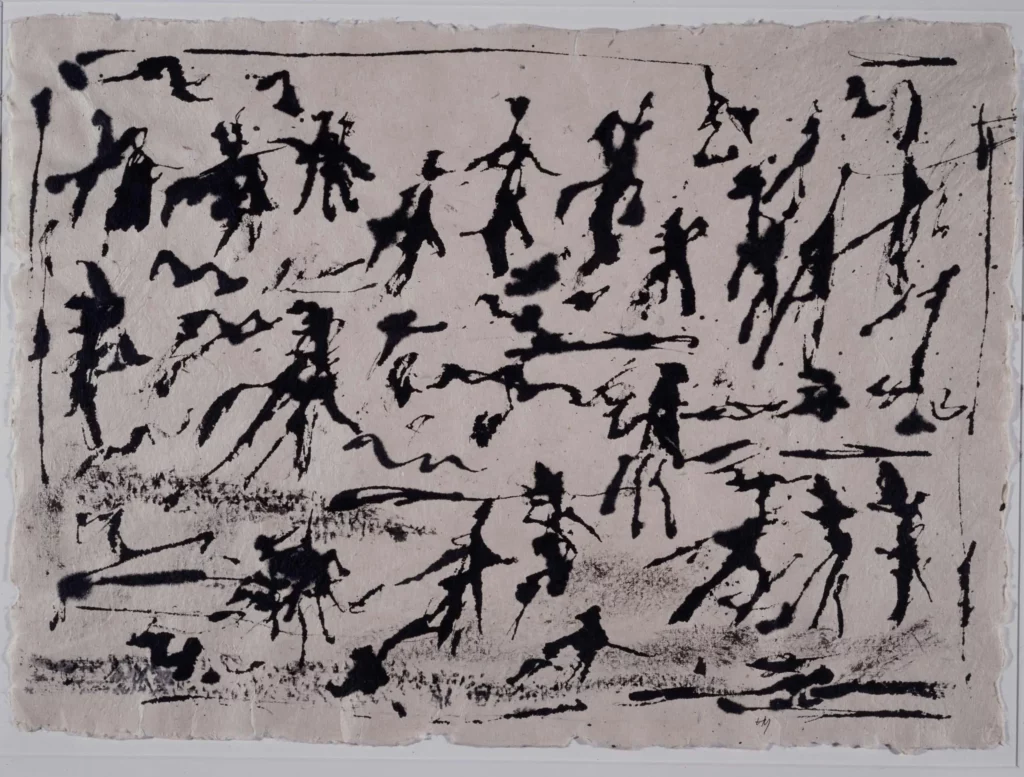
Poets, psychonauts and the value of unofficial testimonies
Most previous studies investigating the effects of cannabis on consciousness have some shortcomings. More often than not, experimental participants have no experience with the substance and have negative beliefs or fear of the substance because they do not know what to expect.
Anxiety and negative reactions that occur during these studies are often caused by the sterile clinical atmosphere and conditions in which participants’ dosing is controlled by observing scientists. In addition, research participants have limited ability to self-observe and report on their mental states.
More than 45 years ago, two Harvard University researchers, psychiatrist Lester Grinspoon and psychologist Charles Tartt, concluded that the best way to study the effects of marijuana on the mind and body was to collect and analyze reports from regular users. In his book Marijuana Revisited (1971), Grinspoon included and evaluated many accounts from writers and artists such as Fitz Hugh Ludlow, Baudelaire, and Michaux.
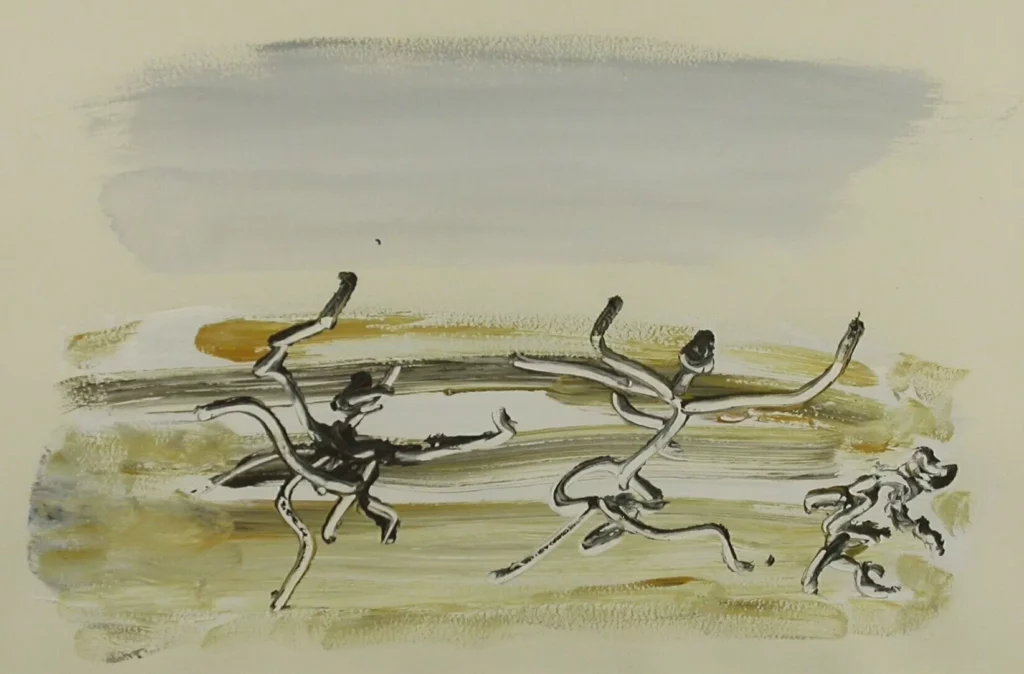
Grinspoon cautioned that these reports should be carefully evaluated, as some poets, such as Baudelaire, often used multiple substances at the same time.
Michaux, however, seems to have clearly distinguished between his experiences with mescaline and hashish. Like other writers and psychonauts, he described the many improvements in perception and cognitive function that cannabis can bring. Many of his observations have been confirmed in detailed accounts from other users, including medical patients, such as people with autism spectrum syndrome, who have benefited from cannabis use.
It’s time for scientists from different fields to take another look at these reports to better understand the effects of cannabis use on our minds and bodies, and to find out what role the endocannabinoid system plays in these processes.


